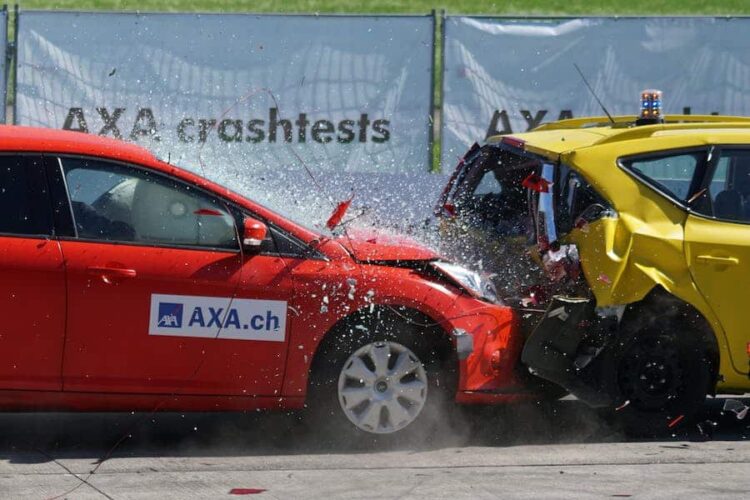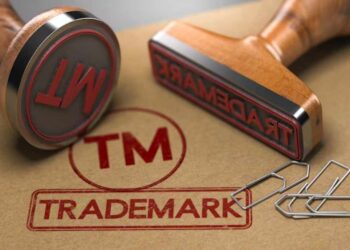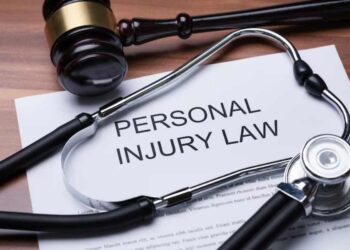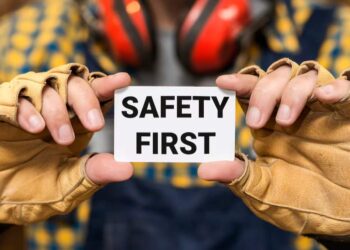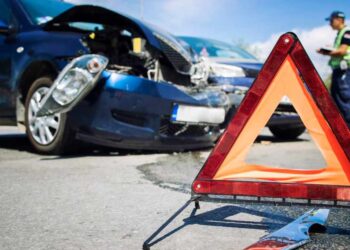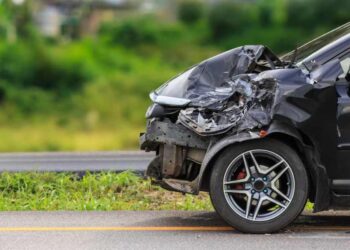Legal proceedings following a vehicle accident can be lengthy and intricate, necessitating a careful review of evidence to determine fault and award appropriate damages. After an accident, there are many pieces of evidence that can help establish what happened and who was at blame. In order to better understand their role in the legal system, this article dives into five important forms of evidence that are frequently used in vehicle accident cases.
Accident Scene Documentation
The place of the collision is typically the starting point for any automobile accident claim. Written by the responding police officers, the incident is described in detail in the police report. In these reports, you can find the officer’s impression of the situation, details about the people involved, and witness testimony. Photos and videos shot at the scene of the accident record important details including the locations of the vehicles involved, the state of the road, and any pertinent signs. The evidence collected in this case can be used to determine liability. You will need a Houston auto accident lawyer to help you with the compensation case. Taking careful notes at the scene of an accident is an important first step in piecing together what happened just before the crash and laying the groundwork for any subsequent legal procedures.
Vehicle Damage Assessment
Assessing the extent of the vehicle’s damage can help prove how bad an accident was. With the aid of damage photos, repair estimates, and expert opinions, the full extent of the collision can be better grasped. A comprehensive assessment of the vehicle’s damage is an essential piece of evidence in claims involving automobile accidents. This evaluation is critical for determining fault and establishing a connection between the accident and any injuries that were received.
Eyewitness Testimonies
Witness statements humanize the evidentiary terrain of vehicle accident claims. Eyewitnesses to the accident can shed light on what happened in the moments preceding and during the crash. Their words add weight to the story as a whole, either confirming or casting doubt on other pieces of evidence. The possible biases, divergent viewpoints, or gaps in observation that might affect eyewitness testimony must be acknowledged. These witness statements are priceless, but they are only one piece of the larger evidence puzzle that attorneys weigh.
Electronic Data Recorders (EDRs)
Modern automobiles’ Electronic Data Recorders (EDRs) have emerged as an essential piece of evidence in instances involving automobile accidents, thanks to technological advancements. Electronic data recorders record information pertaining to a number of elements, including the following: vehicle speed, braking usage, and other crucial factors, both before and during the accident. This digital information sheds light on the collision’s causes from a dispassionate and fact-based vantage point. Nevertheless, there are obstacles and legal factors to think about when using EDR data, such as privacy issues and the necessity for expert interpretation. When it comes to car accident claims, the incorporation of EDR data will likely become more crucial in determining fault and obtaining just compensation as technology keeps becoming better.
Endnote
The presentation and evaluation of various forms of evidence is crucial to the successful settlement of claims arising from automobile accidents. Both attorneys and accident victims need to know how important it is to collect and present all of this evidence to back up their claims. The incorporation of technology such as EDRs is altering the collecting and interpretation of evidence in the ever-changing field of vehicle accident investigations. To get a fair resolution following a vehicle accident, one must master the intricacies of the legal system and make strategic use of these many types of evidence.


